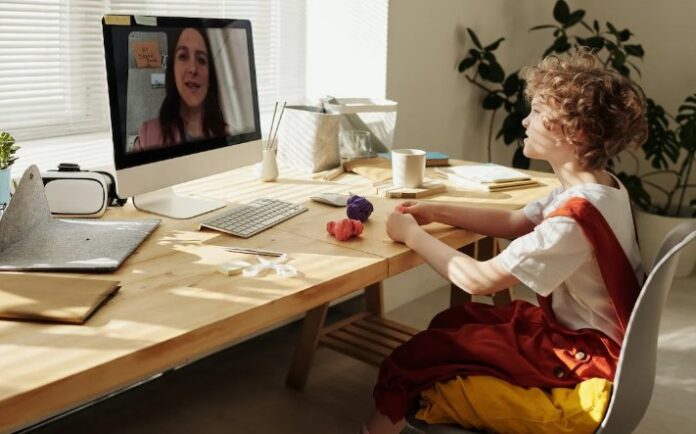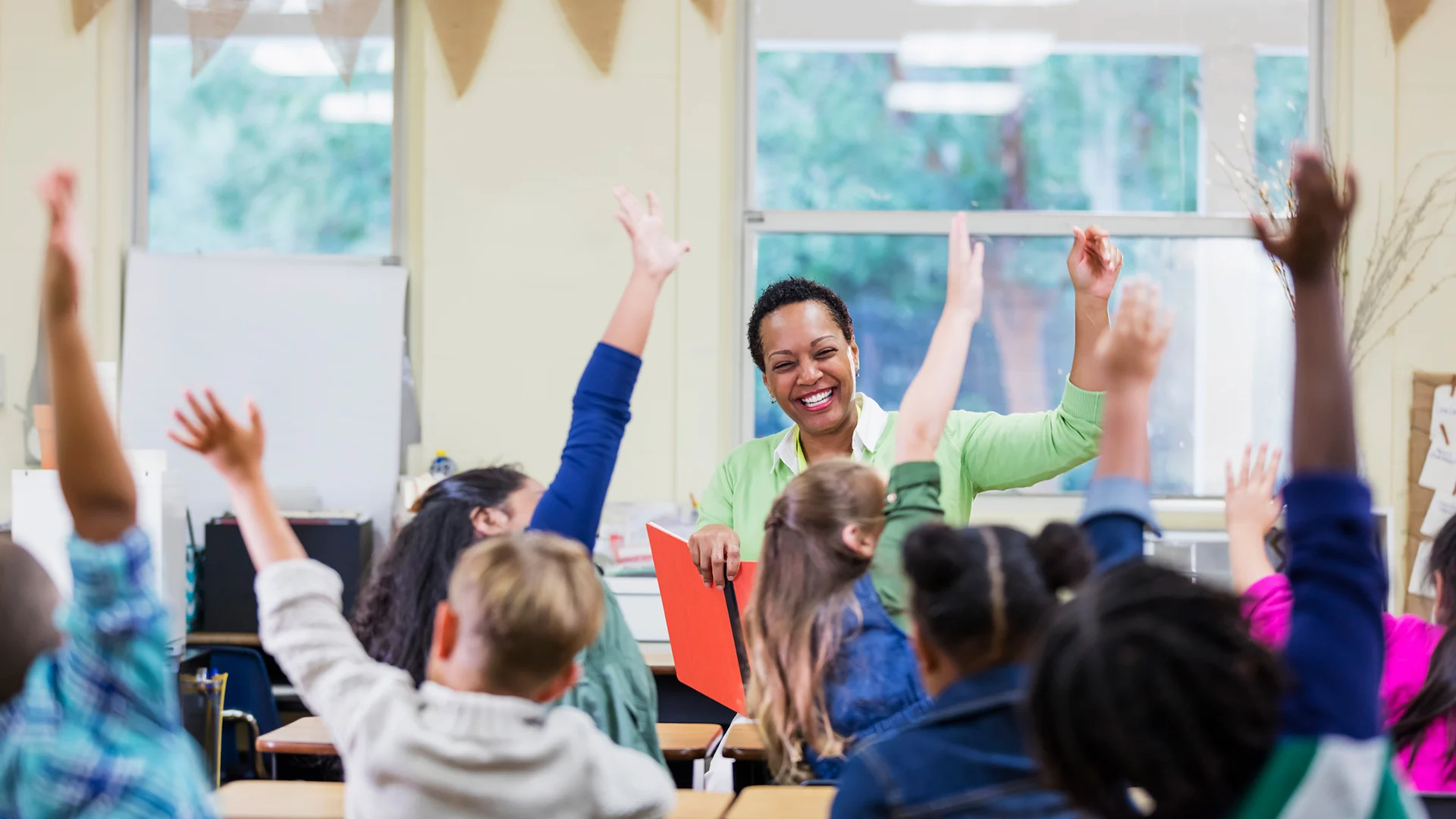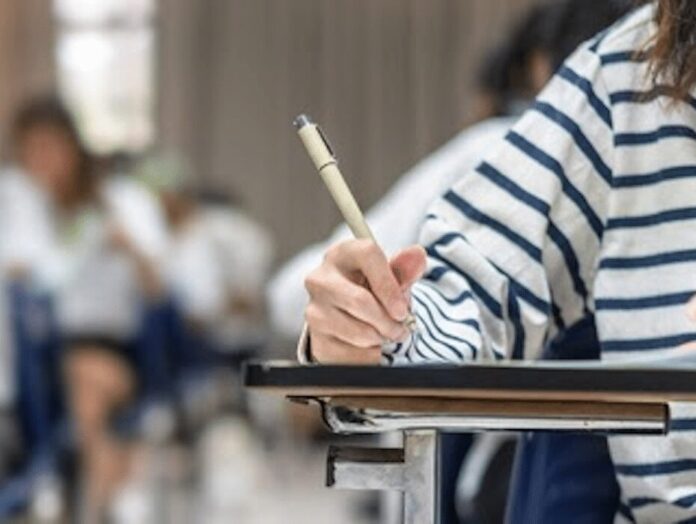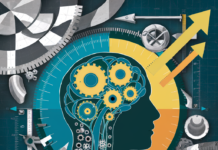With how rapidly the world is evolving and progressing, it should come as no surprise that education over the previous ten years has transformed dramatically. If you compare your childhood education system with the way you might now be acquiring higher education or even the way your kids might be learning, there is a vast difference!
Some of the most noticeable changes have come with the ever-increasing digitalization; today, online or hybrid classrooms are a norm, and the number of programs designed to facilitate e-learning is increasing.
In addition to these, the following are some more of the numerous ways education has changed:
1. Infiltration of technology

There was a time when blackboards were the norm, and the idea of electronics in the classrooms was so foreign it couldn’t be fathomed even if devices did exist.
Today,
- 90% of classrooms have personal computers
- 59% of classrooms have interactive whiteboards
- 36% have handhelds (smartphones, cell phones, iPods, etc.)
- 35% have e-readers and tablets
- 61% of high school students are using mobile phones regularly for class-based learning.
With technological advancement, teachers can now maintain contact with students even outside of school hours via email. Technology has also:
- Allowed more interactive lectures with multimedia tools
- Given access to real-time student progress data
- Provided students with online resources for education
- Made information more accessible
- Decreased paperwork for teachers
2. Online programs

Together with the advancement in technology came the ever-increasing use of digital platforms for conducting classes. It is not just digitalization that has led to this change; the COVID-19 pandemic has contributed to it, too. The pandemic revealed the potential of remote learning since neither teachers nor students could attend physical classes.
Today, online programs are nothing short of a full-time on-campus degree. The online education trend is especially noticeable in higher education. Many reputable colleges now offer an online Master’s degree in various subjects, including but not limited to:
- MA in Higher Education Administration Leadership
- MEd C&L in School Library Media
- MEd in Ed Leadership
- MEd in Ed Leadership (With NJ Certifications)
- MEd in Literacy – Reading Specialist
- MEd in Special Education – ASD and Developmental Disabilities
- MEd in Special Education – Teacher of Students with Disabilities
MEd in Teaching of Writing for Grades P-12
You can also specialize in the following certifications:
- School Principal Certificate
- Reading Specialist Certificate
- School Supervisor Certificate
- Teacher of Students with Disabilities Certificate
Now, even students who were previously unable to access education because of geographical limitations or time constraints due to work or personal responsibilities can enroll in online courses from anywhere at all.
3. Greater diversity in classrooms

Classrooms today are much more diverse than they once were, in many more respects than one.
- Firstly, globalization means that many schools entertain students from different cultural, ethnic, and religious backgrounds
- Secondly, efforts are being made for curriculum and instruction to be inclusive of students with special needs
- Thirdly, institutes are making efforts to include students from different socioeconomic backgrounds and make sure everyone gets access to education
Diversity has increased not only at the level of students but also teachers; many institutes implement anti-discrimination policies both when hiring staff or enrolling students.
Such diversity in classrooms is highly beneficial; it encourages greater empathy in students, helps them be more open-minded, promotes critical thinking, and boosts their confidence. It also helps prepare them to function well in diverse work environments in the future.
4. The advent of project-based learning
Traditional lectures are becoming more and more uncommon as engaging and hands-on methods are being favored. Interactive and student-led lessons, facilitated by digital learning resources, are becoming popular.
Even lectures today are more conversational and interactive than before. You will rarely see a simple dictation-format instruction style in modern schools. This change can be attributed to the increased emphasis on critical thinking.
You will notice the following more often in classrooms:
- Experimentation in science class
- Encouraging students to solve problems on the board in mathematics classes
- Re-enactment or roleplaying of storybooks or historic events
- Playing strategic games relevant to lessons
- Brainstorming sessions at the beginning of most lectures
- Project-based learning
- Use of sensory games like sand, sensory trays, water play, and building blocks for junior classes
Such hands-on and interactive learning is known to:
- Increase retention
- Improve attention
- Promote teamwork
- Encourage critical thinking
- Make learning more fun
- Promote better learning with better outcomes
This approach is termed PBL, or Project-Based Learning, that is aimed at enabling students to counter real-world problems and complex questions. It teaches them how to take on multiple perspectives when dealing with any situation and exercising critical thinking.
5. More personalized teaching strategies

From the one-size-fits-all approach to teaching, there has been a dramatic shift towards a more individual-focused and personalized approach. In other words, students are being treated as individuals with unique capabilities rather than being grouped together as one ‘student body.’
Personalized teaching strategies focus on matching the child’s education to their specific needs and addressing their specific weak areas. Instruction is tailored to the student’s individual strengths and weaknesses.
Sometimes, different students are even allowed to work at their own pace; this is made possible via recorded online lectures. Students are allowed to work on their own ‘learning plan’ and collaborate with teachers on their short- and long-term objectives. This shift in learning approach can be attributed to the following:
- E-learning has made it possible to take each student at a unique pace and with greater flexibility
- Self-learning encourages students to take responsibility for their own education and become self-reliant
- It reduces disengagement; a common concern that students and educators have realized is the increased number of students facing disengagement. This happens most often when the child’s unique characteristics aren’t aligned with the learning content. Personalized teaching increases engagement.
- Personalized learning allows for more regular monitoring of the child’s progress. Students can track their progress via self-assessments and one-on-one meetings with the teachers.
Final words
The world today is not the same as it was ten years ago, and this also applies to education. Over the years, there have been some drastic changes; the use of technology has increased, there has been a major shift to e-learning, and education is increasingly personalized, enabling teachers to focus more on students as individuals rather than a group with similar characteristics and potentials. Times are changing, mostly for the better, as technology makes education more accessible and education systems realize the need to cater to every student’s unique needs.









